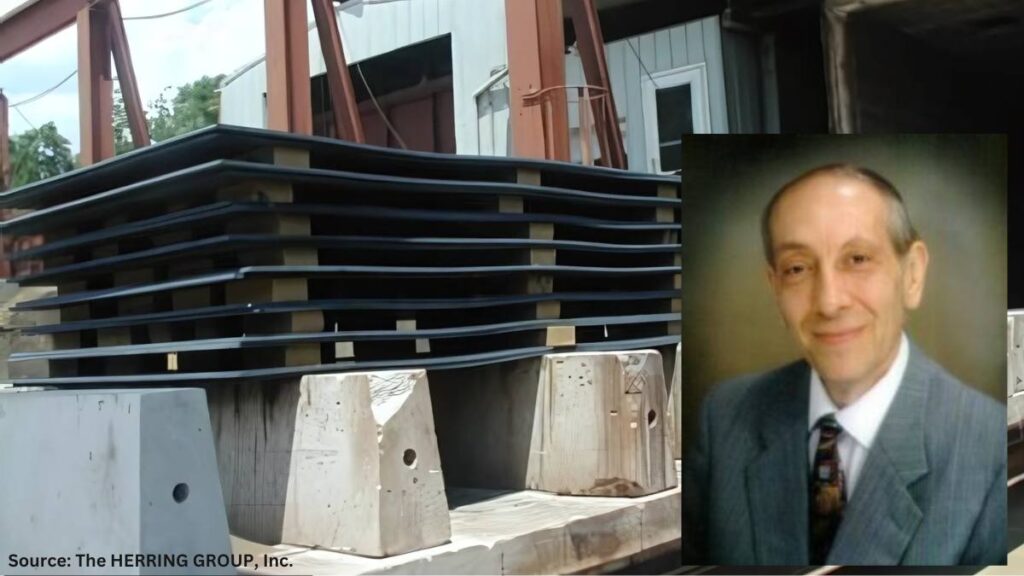Source: Ipsen
Here in the northern hemisphere, the dog days of summer are upon us. This folksy phrase has come to signify the months when humidity weighs heavily in the air, but it’s got a lot more history to it than that. According to the ancients of Rome and Greece, the dog days not only brought drought and heat but also caused man and his best friend to go mad. Madness may not be the result of seasonal humidity, but manufacturing disruptions could be.
Humidity affects nearly all processing environments, but some, like heat treating, are more prone to humidity-related disruptions This question was submitted to the Ask the Expert team at Ipsen: Operating a furnace in an environment that has been dealing with high heat and humidity has posed more challenges than we’ve experienced in the past. What are some things that we should be watching out for when operating our furnaces to make sure they’re running efficiently despite the temperature and humidity?
In this best of the web article, consider the damage humidity can do to your vacuum furnace and gather some tips to maintain your vacuum furnaces during hot, muggy weather.
An excerpt:
“High temperatures cause changes in electricity flows, which increase resistance. Additionally, excessive humidity reduces transformer insulation and resistance, while oxidizing electrical conductors. And the difference between cooling water temperature and ambient temperature with high humidity can cause the vacuum vessel to “sweat,” affecting the entire furnace’s electrical system and transformers’ performance.
Here are nine key things you can do to maintain vacuum furnaces during hot, muggy weather:
- Clean the hot zone, check insulation and ceramics, and repair if necessary. Run periodic burnout cycles.
- Check, secure, and mark all electrical connections. Apply conductive copper grease to improve electrical contact between surfaces.
- Clean all vents in the control cabinet without the air-conditioning. Use silica gel to reduce moisture.”
Read the rest of the list and the entire article from Ipsen by clicking here: “Ask the Expert: Protecting Your Vacuum Furnace from Humidity (Part 2)”
Read Part 1 (about air curtains that protect equipment from humidity just like the air curtains you encounter when walking from a hot parking lot into a cold grocery store) here and Part 3 (about vacuum cool events) here.







